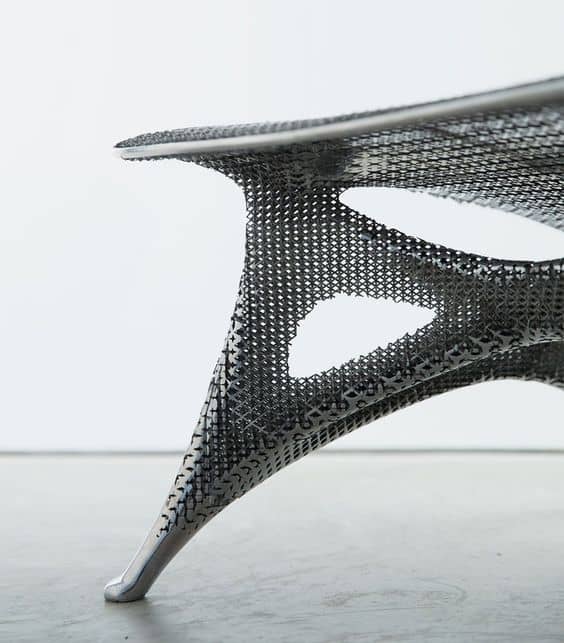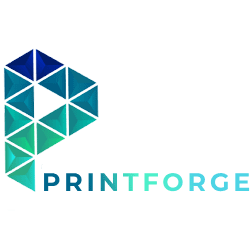
Carbon fiber 3D printing
Carbon fiber 3D printing, also known as carbon fiber-reinforced polymer (CFRP) 3D printing or carbon fiber composite 3D printing, is a manufacturing process that combines the benefits of 3D printing technology with the strength and lightweight properties of carbon fiber materials.
In this process, carbon fiber filaments or carbon fiber-reinforced polymers are used as the printing material. These materials consist of a matrix polymer, such as nylon or ABS (Acrylonitrile Butadiene Styrene), that is reinforced with carbon fibers. The carbon fibers add strength and stiffness to the printed parts, making them ideal for applications where lightweight and high-performance properties are required.


The carbon fiber 3D printing process typically involves the following steps:
1. Designing the 3D model: The first step is to design the desired part using 3D modeling software. The software allows you to create complex geometries and optimize the part’s design for the specific application.
2. Slicing the model: The 3D model is then sliced into thin layers using slicing software. This process determines the toolpath and instructions for the 3D printer to follow.
3. Preparing the printing material: Carbon fiber filaments or carbon fiber-reinforced polymers are loaded into the 3D printer. The filaments may contain chopped carbon fibers or continuous carbon fiber strands, depending on the specific material used.
4. Printing the part: The 3D printer deposits the carbon fiber material layer by layer, following the instructions from the sliced model. The printer may use various printing technologies, such as fused deposition modeling (FDM) or continuous fiber deposition (CFD), to achieve the desired results.
5. Post-processing: Once the printing is complete, the printed part may undergo post-processing steps such as removing support structures, cleaning, and surface finishing. Additional curing or heat treatment processes may also be required to enhance the mechanical properties of the printed part.
Carbon fiber 3D printing offers several advantages, including:
1. Lightweight and high strength: Carbon fiber materials are known for their excellent strength-to-weight ratio. By incorporating carbon fibers into 3D printed parts, it is possible to create lightweight components without sacrificing strength or durability.


2. Design flexibility: 3D printing enables complex geometries and intricate designs that would be difficult or impossible to achieve with traditional manufacturing methods. This allows for optimized part designs tailored to specific applications.
3. Cost-effectiveness: Compared to traditional carbon fiber manufacturing methods, such as molding or layup techniques, carbon fiber 3D printing can be more cost-effective, especially for low-volume or custom production.
4. Rapid prototyping: 3D printing allows for rapid iteration and design changes, making it ideal for prototyping and product development processes.
Carbon fiber 3D printing has found applications in various industries, including aerospace, automotive, sports equipment, and robotics. It enables the production of lightweight yet strong components, leading to improved performance and efficiency in many applications.
Contact us
E : printforged@gmail.com
T : +91-83768 42992
IF YOU HAVE QUESTIONS PLEASE
CONTACT US
Fill fields and find approximate your repair
